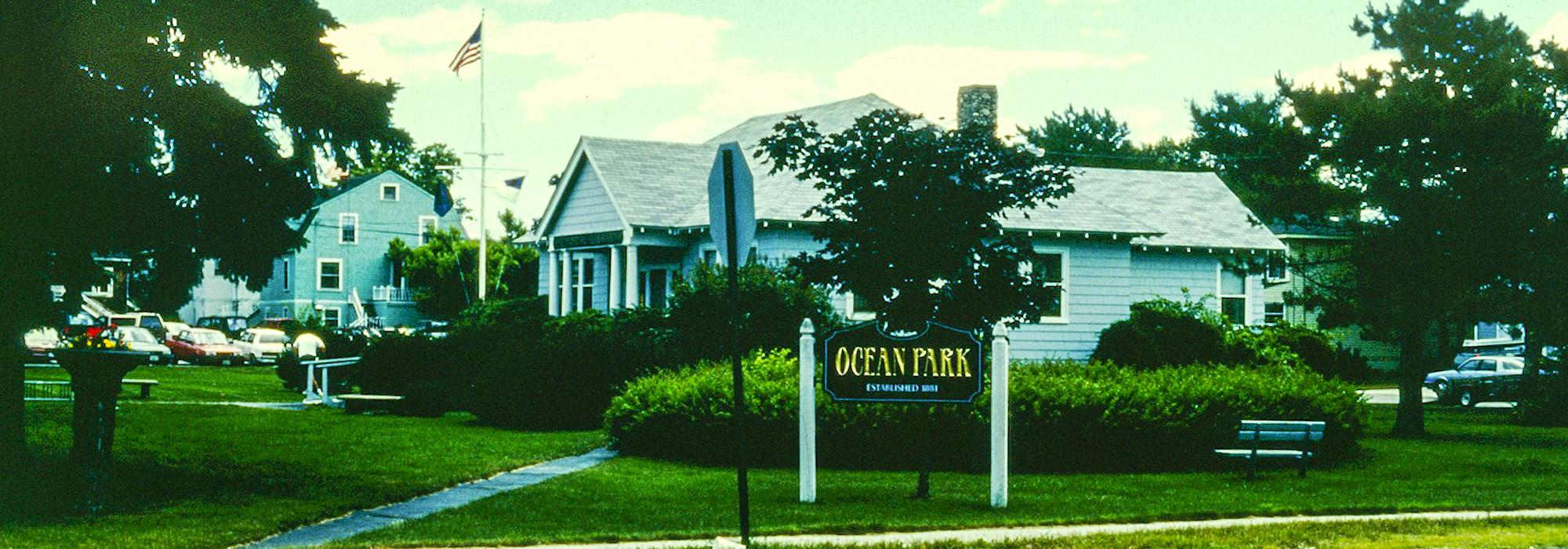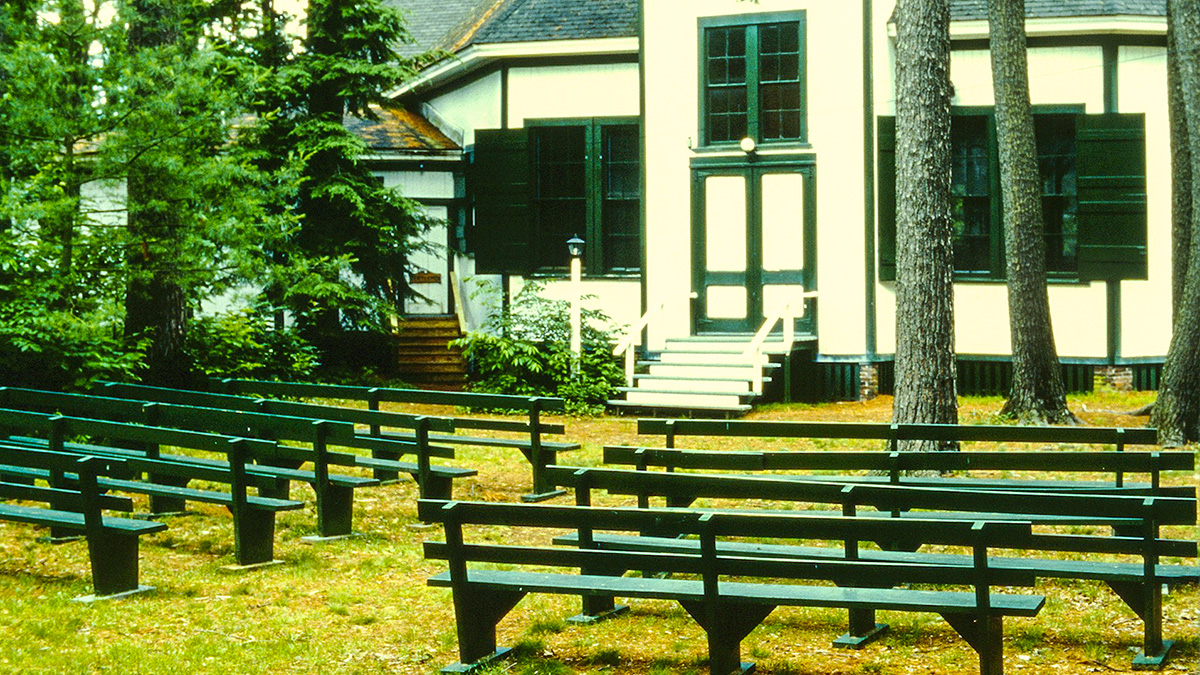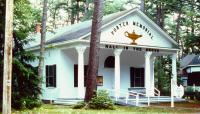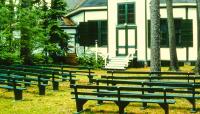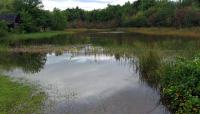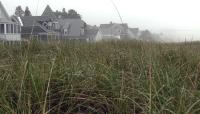Methodists and Baptists began the camp meeting movement around 1800, following British examples. In the United States, widely dispersed settlers traveled and camped to hear itinerant preachers. The movement gained popularity after the Civil War, with the desire to escape rapidly growing urban and industrial regions. Tens of thousands attended the first camp meetings in New Jersey, Pennsylvania, and New York. In addition, Methodists started an adult education movement at Chautauqua Lake in New York in 1874, dedicated to religion, education, cultural entertainment, and recreation. Typically located near water with a nearby grove of trees, about 350 assembly centers were built nationwide.
Oren Cheney, a Free Baptist and founder of Bates College, founded Ocean Park in 1881, when the concept of a College Extension for summer meetings and lectures was in its infancy. However, financial difficulties at Bates prevented the college’s involvement, and the Chautauqua system was adopted instead.
The Ocean Park site was one-half-mile square with pine groves, marsh, and a sand beach that extends for seven miles on Saco Bay. The subdivision featured hundreds of 50-foot x 60-foot house lots in a grid, with land set aside for public assemblies. In Temple Square the Association built four assembly structures surrounded by cathedral pines; the pines, buildings, and their functions remain today. The 1881 Temple is an 80-foot diameter, octagonal timber-framed building that seats up to 800 guests. Nearby is the freestanding Bell Tower (1882). The Greek revival style Porter Hall (1902) and colonnaded Jordan Hall (1915) serve smaller gatherings. Adjacent pine woods are designated an official Game Preserve and Game Sanctuary and feature a meditative woodland garden begun in the 1920s.
Ocean Park is one of about 25 active Chautauqua centers nationwide. Today it features about 500 privately owned cottages, the Temple, Bell Tower, meeting halls, hotels, a library in a park, recreation hall, the 20-acre marsh, and trails through pine groves and the adjacent Rachel Carson National Wildlife Refuge. The neighborhood contrasts sharply with the town’s summer tourist attractions. The Temple, Bell Tower, Porter Hall, and Jordan Hall comprise the Ocean Park Historic Buildings district, listed in the National Register of Historic Places in 1982.



